
Ye’s White Lives
Kanye West’s alt-right stunts at Paris Fashion Week have drawn self-righteous condemnation from the fashion world and beyond.

Kanye West’s alt-right stunts at Paris Fashion Week have drawn self-righteous condemnation from the fashion world and beyond.

In a story jointly published by the Chicago Reader and The Triibe, coverage of developments at Chicago’s O-Block is scrutinized.
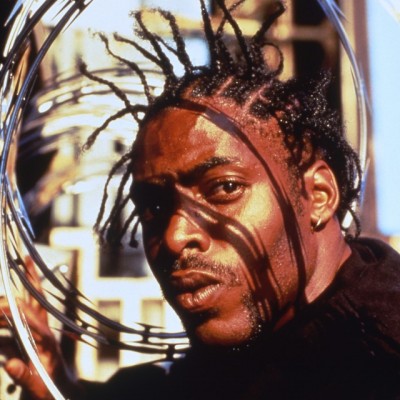
Contrary to reports, L.A, rapper Coolio’s career began in the mid-80s, when he floated through several short-lived electro-rap ensembles.

Pitchfork’s latest retrospective list, a ranking of the top 250 best songs of the 1990s, embraces a girlboss theme. The top five slots belong to women.
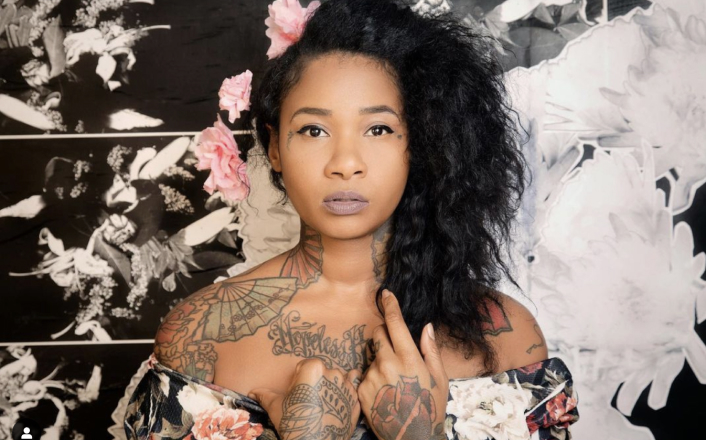
In light of Jean Grae’s identification as nonbinary, Shanté Paradigm Smalls’ Hip-Hop Heresies, a book about queer identity in hip-hop culture, is enlightening.
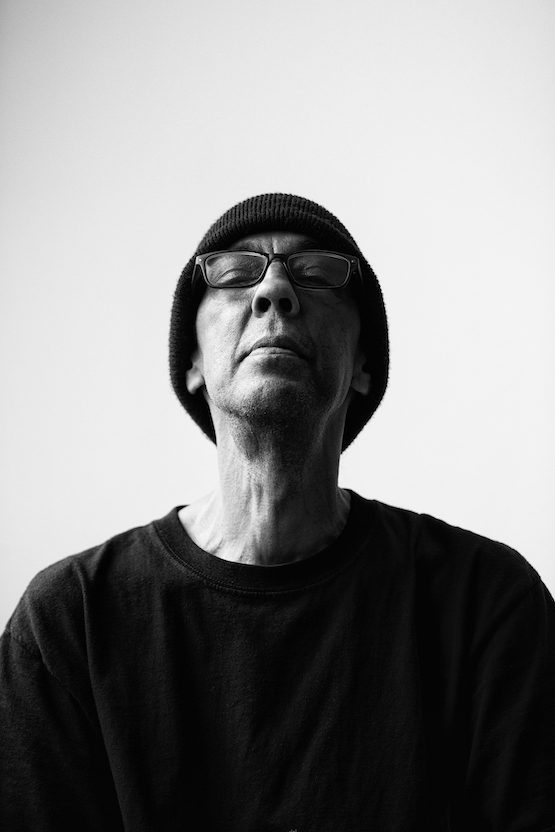
A recent Futura 2000 interview in Artnet is full of memorable details.
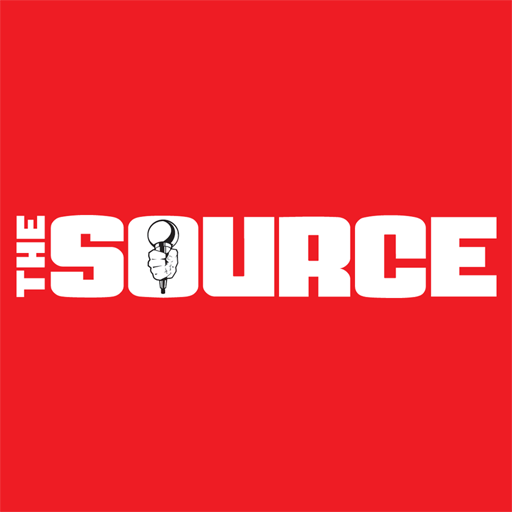
ProPublica’s story about internet clout chases contains a detail about The Source magazine, a famed example of golden-era rap journalism.
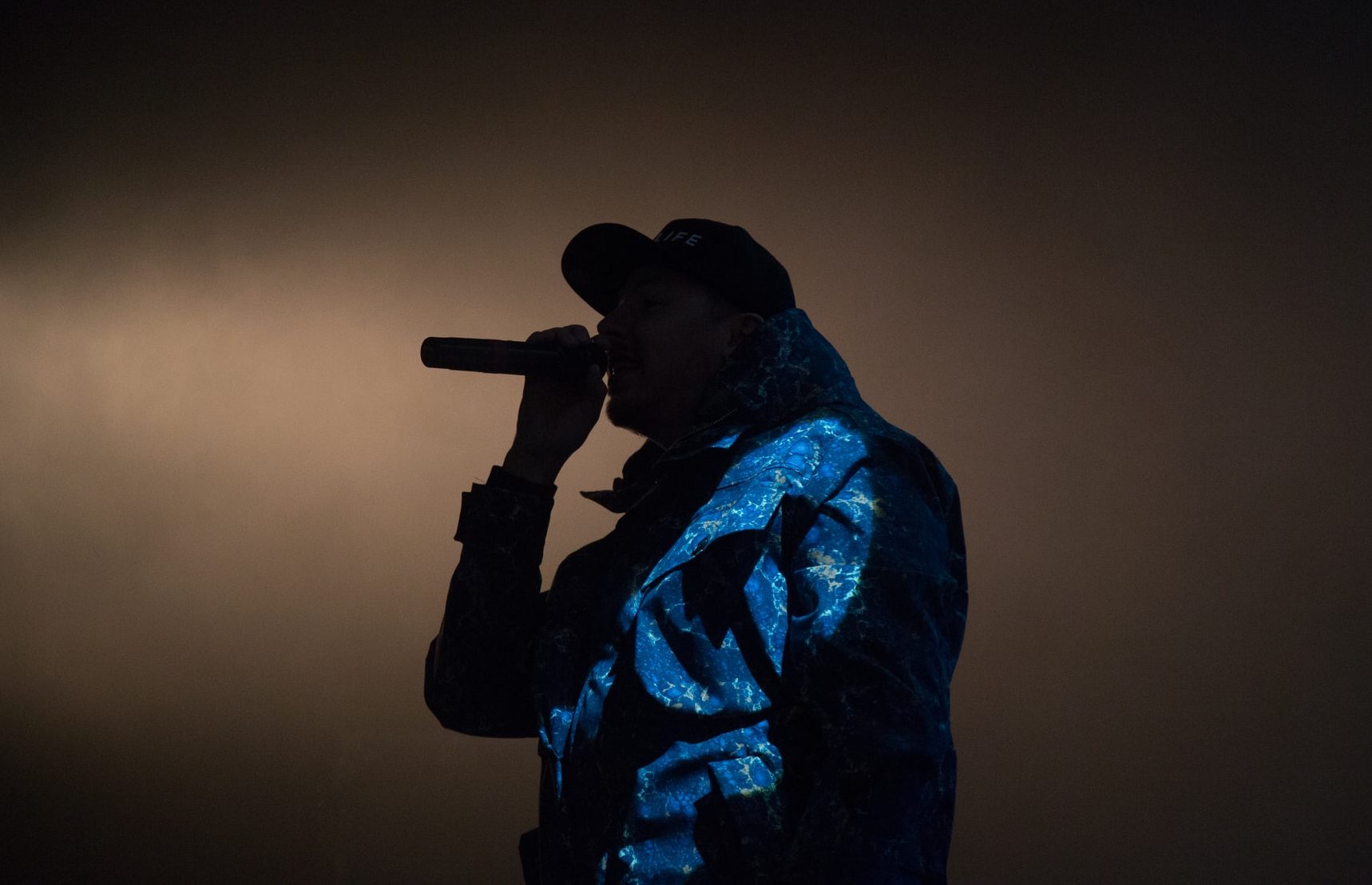
With controversy surrounding “augmented reality” act FN Meka, it’s worth reading Enongo Lumumba-Kasongo’s story on AI in the rap industry.
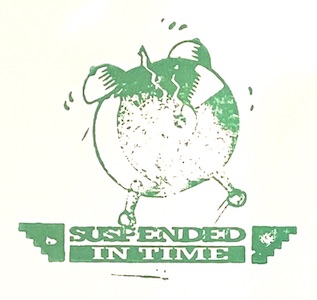
Hua Hsu, a staff writer for The New Yorker, discusses his new zine Suspended in Time, which also serves as a preface for his forthcoming book, Stay True.
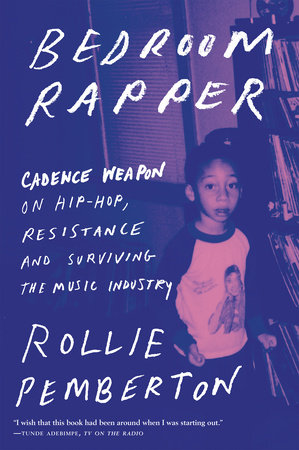
In a long-ish essay published in The Walrus, Cadence Weapon recounts his time penning reviews as an enterprising Edmonton teenager.
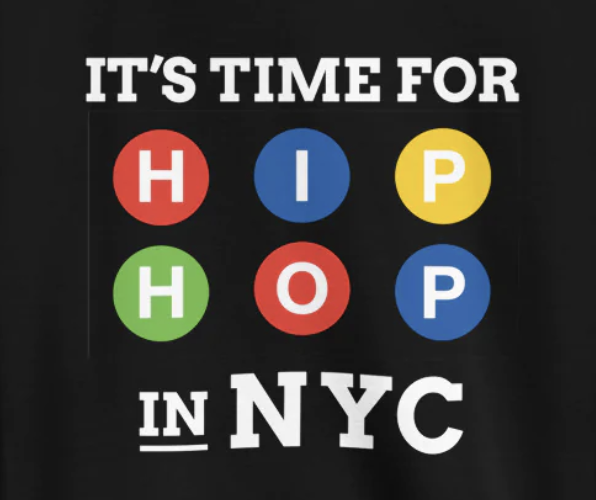
It remains unclear why disgraced rap mogul Russell Simmons is associated with Universal Hip-Hop Museum, which is scheduled to open in the South Bronx in 2024.
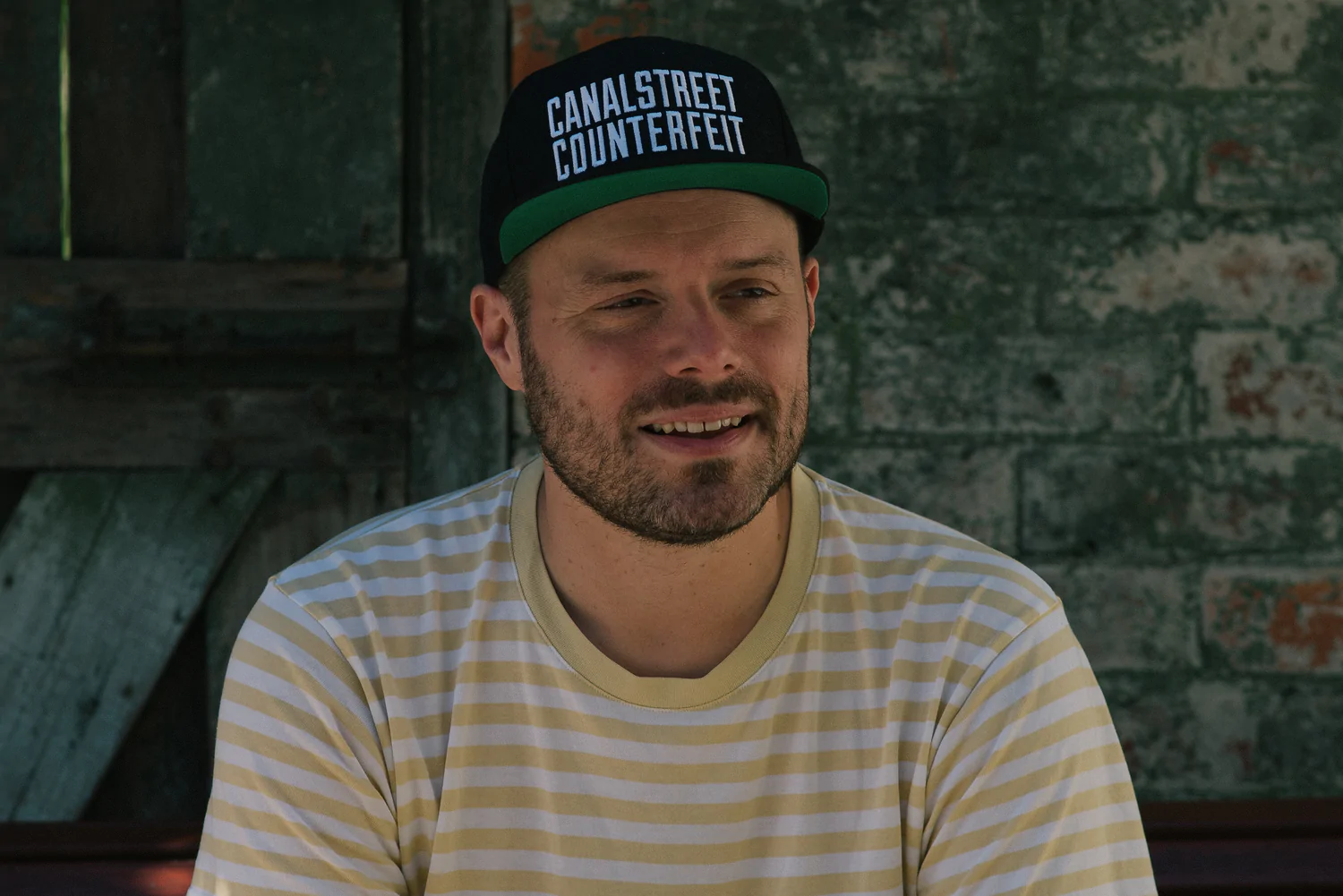
On July 6, Blockhead launched a fascinating Twitter thread exploring the phenomenon of “drumless rap.”